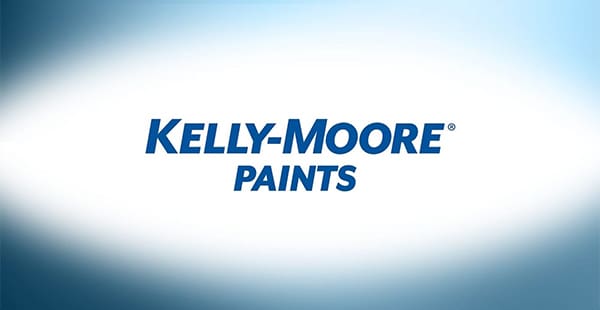01. History of Asbestos Use
Kelly-Moore Paints History of Asbestos Use
Kelly-Moore Paints sold asbestos products in the 1960s and 1970s after the company bought Paco Textures Corporation. Paco Textures’ asbestos products included wall and ceiling textures and joint compounds.
William Kelly and William Moore partnered together in 1946. Together, they started Kelly-Moore Paint Company Inc. in California. Throughout its history, professional painters have been the company’s main customers.
Kelly-Moore Paints grew quickly as the housing market took off after World War II. The company made $30,000 profit in the first six months of operation, 10 times what it anticipated.
Kelly-Moore Paints partnered with other companies to extend its reach and meet demands. In the 1960s, Kelly-Moore Paints bought Paco Textures Corporation. The purchase helped provide more products for its customers.
Paco Textures produced joint compounds, as well as textures for walls and ceilings. The products used asbestos to make them spread smoothly when being applied and provide extra durability. Anyone who applied, sanded or removed these products risked exposure to asbestos.
By selling Paco products, Kelly-Moore Paints opened itself up to lawsuits. The first asbestos lawsuit against the company came in 1977. One year later, Kelly-Moore stopped using asbestos.
Despite ending its asbestos use, the company continued to face lawsuits from consumers who developed asbestos-related illnesses. In January 2024, Kelly-Moore Paints announced the closure of all locations and its manufacturing facility in Irving. The company cited ongoing legal expenses as part of the reason behind its closure.
Resources for Mesothelioma Patients
02. Asbestos Products
Kelly-Moore Paints Asbestos Products
Kelly-Moore Paints manufactured and sold asbestos-containing products from 1960 to 1978. The asbestos company sold these products under the Paco brand name. They included joint compounds and wall and ceiling textures.
Drywall finishing products, like joint compounds and wall textures, often contained asbestos before the 1980s. Manufacturers used asbestos because the mineral was durable. It also provided resistance to fire.
Joint compounds come as pre-mixed pastes or powders that workers add water to. The person using the product spreads it over cracks and seams where drywall meets. Then, the person sands the dried joint compound for a smooth finish.
Mixing and sanding the compound could release asbestos into the air. People who breathe or ingest the dust risk developing asbestos-related diseases like mesothelioma and lung cancer.
03. Occupational Exposure
Kelly-Moore Paints and Occupational Exposure
Some workers used Kelly-Moore Paints’ joint compounds while building homes, schools and other projects. These products put construction workers and others at risk of occupational exposure. Examples of Kelly-Moore’s asbestos products include Paco Joint Compound and Deco-Tex Ceiling Texture.
Today, damage and repair work in homes has the potential to release asbestos into the air. Homeowners should have their homes tested for asbestos before doing any remodeling on homes built before the 1980s.
A licensed asbestos abatement professional can remove the asbestos products safely. Removing products without proper asbestos safety precautions can cause fibers to become airborne. If inhaled, these fibers can lead to asbestos diseases like mesothelioma and asbestosis.
04. Asbestos Litigation
Asbestos Litigation Against Kelly-Moore Paints
Because Kelly-Moore sold asbestos products, the company has been named in lawsuits. As early as 1971, Kelly-Moore created a repository for asbestos documents in preparation for asbestos lawsuits. The first lawsuit the company faced over asbestos happened in 1977.
The company has continued to be named in mesothelioma and asbestos lawsuits. A 2001 jury found in favor of a California contractor who used a Kelly-Moore joint compound through the 1970s. He later developed mesothelioma. Kelly-Moore appealed the decision and later settled the case for $15 million.
Kelly-Moore faced an estimated 48,000 asbestos lawsuits in 2004 alone and has continued to face lawsuits since. Despite the ongoing lawsuits, Flacks Group acquired Kelly-Moore in 2022.
In January 2024, Kelly-Moore announced it was going out of business. All retail stores and facilities will be permanently closed as a result. In a statement, the company cited ongoing costs of asbestos litigation as part of the reason behind the closure. In one report, estimates show the company had paid approximately $600 million to settle asbestos claims over the last two decades.
Anyone who has developed an asbestos-related disease may want to speak with a mesothelioma lawyer. Lawyers at mesothelioma law firms have experience getting financial compensation for asbestos victims, including from companies that have gone out of business.




